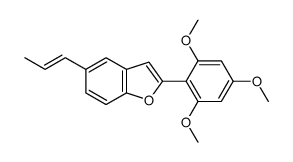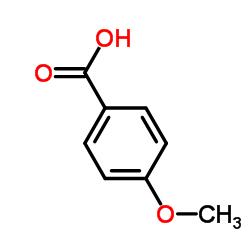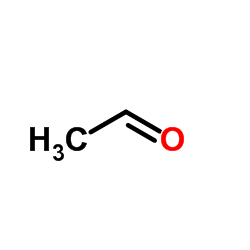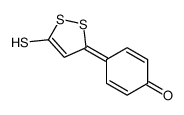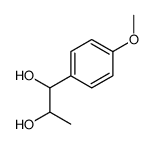4180-23-8
| Name | trans-Anethole |
|---|---|
| Synonyms |
4-Propenylanisole (trans-1-Methoxy-4-(1-propenyl)benzene
trans-isoestragole trans-p-Propenylanisole MFCD00009284 4-Propenylanisole trans-anisol trans-p-Methoxypropenylbenzene trans-methylchavicol Anise camphor trans-Anethol Anethole trans-1-Methoxy-4-(1-propenyl)benzene anis camphor (E)-1-Methoxy-4-(prop-1-en-1-yl)benzene ANETHOLUM EINECS 224-052-0 |
| Description | Trans-Anethole ((E)-Anethole), a phenylpropene derivative isolated from Pimpinella, shows estrogenic activity at lower concentrations and cytotoxic at higher concentrations in cancer cell lines[1][2]. Trans-Anethole ((E)-Anethole) contributes a large component of the odor and flavor of anise and fennel, anise myrtle, liquorice, camphor, magnolia blossoms, and star anise[3]. |
|---|---|
| Related Catalog | |
| References |
| Density | 0.9875 |
|---|---|
| Boiling Point | 234-237ºC |
| Melting Point | 23ºC |
| Molecular Formula | C10H12O |
| Molecular Weight | 148.20 |
| Flash Point | 90ºC |
| Exact Mass | 148.08900 |
| PSA | 9.23000 |
| LogP | 2.72830 |
| Index of Refraction | 1.559-1.562 |
| Storage condition | 2-8°C |
| Water Solubility | practically insoluble |
CHEMICAL IDENTIFICATION
HEALTH HAZARD DATAACUTE TOXICITY DATA
MUTATION DATA
|
| Symbol |

GHS07 |
|---|---|
| Signal Word | Warning |
| Hazard Statements | H317 |
| Precautionary Statements | P280 |
| Personal Protective Equipment | dust mask type N95 (US);Eyeshields;Faceshields;Gloves |
| Hazard Codes | Xi:Irritant |
| Risk Phrases | R43 |
| Safety Phrases | S36/37 |
| RIDADR | 1325.0 |
| WGK Germany | 2 |
| RTECS | BZ9275000 |
| Hazard Class | 4.1 |
| HS Code | 29093090 |
| Precursor 9 | |
|---|---|
| DownStream 10 | |
| HS Code | 29093090 |
|---|

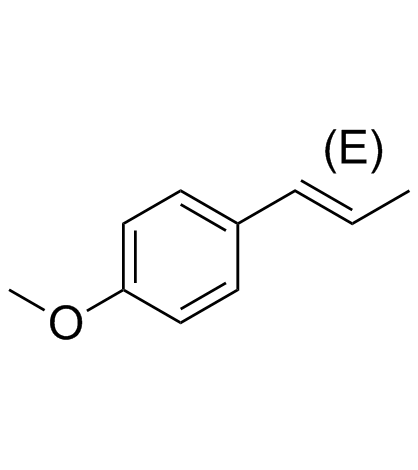


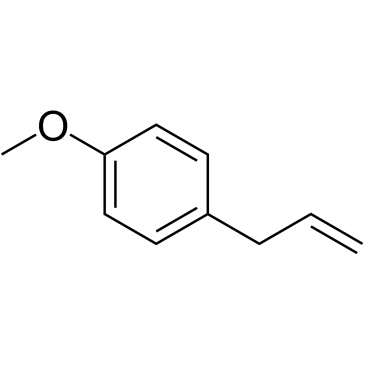


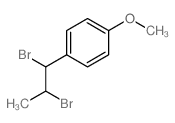
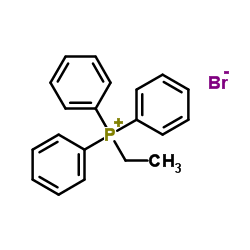

![[(Z)-prop-1-enyl]boronic acid structure](https://image.chemsrc.com/caspic/299/6336-44-3.png)
